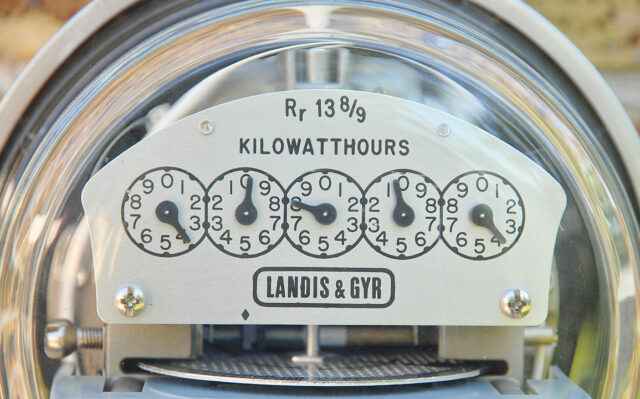A DISCLAIMER usually prefaces a presentation or panel discussion sponsored by an organization that doesn’t want to be associated with the opinions that have not been vetted or voted on by the members. A disclaimer prior to the staged event may be issued — The opinions expressed by the panelists are their own and do not reflect those of the presenting organization.
Disclaimers provide a legal shield in case libelous statements are expressed by opinion makers or even spokespersons of an organization.
Those who may have just left positions of power and are now retired from the organization they used to be identified with may be accosted by media in an ambush interview to give a reaction to some developing crisis. It may be tempting for them to think out loud (for the microphones to pick up) what is running through their minds just before boarding a car on the way home. How difficult is it to keep those thoughts private and offer instead a disclaimer? (I am no longer part of that organization and cannot give any opinion on this matter.)
Disclaimers can be a natural refuge, especially for those whose opinions were once sought in a frenzy. It helps to leave the stage of opinion-giving to those still in the public eye.
Polls on the approval ratings of those in positions of power, especially in the political arena, are hedged by explaining the process. This definition of terms provides enough cover for those conducting the survey.
It is explained that the popularity polls are expressed in a net percentage figure, so it is called a net approval rating. The number is based on the responses of a sample, maybe a thousand respondents, theoretically a cross-section to represent the population of over a hundred million. The approval number (We like her children’s books, even if they are not original.) is subtracted from the level of disapproval. (Was it plagiarized?) Anyway, does it really cost P10 million?
It is safe to assume that surveys on popularity are seldom based on any personal encounter with the subject. It is a third-hand evaluation based on conversations with neighbors, taxi drivers, barbers, and media reports, including those of influencers who are themselves influenced and motivated for their opinions.
A disclaimer is almost automatic with legislative inquiries, even when they sound like trials by publicity. The presider usually intones that the subject being grilled is not a defendant in a trial but a “resource person.” The results of the interrogation, not always very friendly, are supposed to be insights “in aid of legislation.” The interrogators are not required to be polite. If someone in the resource panel being queried closes his eyes in meditation, he is accosted as being discourteous and needing a cup of coffee.
Economists are quite adept at disclaimers. They set out the assumptions for their forecasts with that qualifier “ceteris paribus” (all other things being the same). Thus, the impact of a rate reduction by the Fed or the Central Bank is predicted to affect stock prices positively as well as bring down unemployment. The outliers like a flare-up in the Gulf due to the intensification of the shooting war in the Gaza strip can sway the numbers in another direction. This is just one of those “other things” that were supposed to be static.
Those coming back to power after a long exile, even in the corporate world, are advised to issue disclaimers. Is he still a miracle worker? (The market may have changed as well as the technology.) Should the returning chief bill himself as a messiah or take the more modest route. (I will have to relearn this market as things have changed so much. I hope to be given some time to look for which switches to flip.)
Disclaimers can put context on certain situations. They don’t always set things right. Still, they prevent the interpretation of news and gossip from going too far out in the wrong direction.
A CEO retired from his powerful and highly compensated position before the mandatory age “due to health reasons” may raise eyebrows on the real reason for his hasty exit. This new retiree who seems to be physically active may issue a disclaimer, if only to his close circle of friends: “I was given a golden parachute and pushed out of the plane — before it even left the ground.”
Tony Samson is chairman and CEO of TOUCH xda
ar.samson@yahoo.com


















